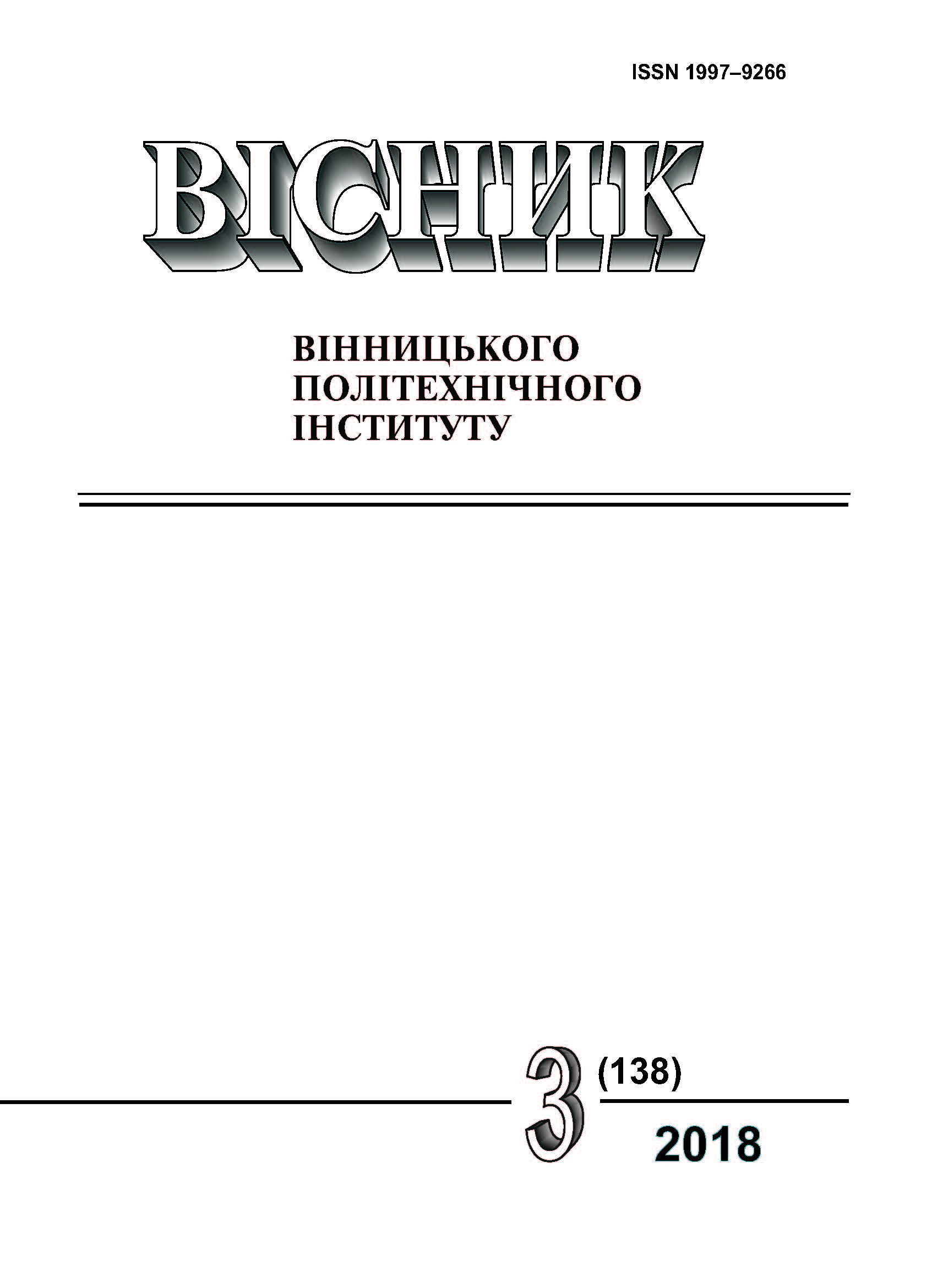Experimental Investigation of Robust Indirect Field Oriented Control for Induction Generator
Keywords:
field-oriented control, induction generator, rotor resistance variations, control performance, efficiencyAbstract
The paper presents the results of comparative experimental study of algorithms of indirect vector control asynchronous generator, robust to variations of active resistance of a rotor and standard vector control with a proportional-integral voltage regulator in a DC link. The results of research on the robustness properties of the vector control algorithm of the asynchronous generator, which provides the local asymptotic development of the given trajectories of the voltage of the direct current line and the module of the vector of the connection of the rotor, are analyzed.
Experimental testing was carried out at the fast prototype testing station of the control algorithms. Measurement of currents was carried out with the help of two current sensors, the principle of which is based on the Hall Effect. The speed was measured by an impulse sensor having a resolution of 1024 pulses per revolution. The research of algorithms occurred at the same settings of current control circuits.
When comparing transient processes, it was discovered that the developed algorithm of indirect vector control of the voltage of the direct current link and the module of the vector of the connection of the rotor provides the robustness properties to the variations of the active resistance of the rotor. The results of the comparative testing of two algorithms of indirect vector control AG: standard with a proportional-integral voltage regulator in the DC link and robust to variations of the active resistance of the rotor are presented. It has been shown experimentally that unlike the standard algorithm developed by the authors, the algorithm for vector control by an asynchronous generator provides stabilization of the quality parameters of the regulation of the connection and voltage of the DC link, as well as the indicators of energy efficiency, in the conditions of variations of the active resistance of the rotor circle.
References
R. Marino, P. Tomei, and C. M. Verrelli, Induction motor control design. London : Springer, 2010, 351 p.
R. Krishnan, Electric Motor Drives. Modeling, Analysis and Control. New Jersey, Upper Saddle River: Prentice Hall, 626 p, 2001.
С. М. Пересада, С. Н. Ковбаса, и В. Н. Трандафилов «Инвариантный к вариациям активного сопротивления ротора алгоритм прямого векторного управления асинхронными двигателями при питании от источника тока,» Електромеханічні і енергозберігаючі системи, вип. 3 (27), c 10-19, 2014.
S. Bozhko, S. Peresada, S. Kovbasa, and M. Zhelinskyi, “Robust Indirect Field Oriented Control of Induction Generator,” in Int Conf. on Electrical Systems for Aircraft, Railway, Ship Propulsion and Road Vehicles and the International Transportation Electrification Conference, ESARS ITEC 2016, 2-4 Nov, France, pp. 1-6, 2016.
S. Peresada, S. Kovbasa, S. Korol, N. Pechenik, and N. Zhelinskyi, “Indirect Field Oriented Output Feedback Linearized Control of Induction Generator,” in Proc. IEEE Int. Conf. on Intel. Energy and Power Systems, IEPS-2016, 07-09 Jun., Kyiv, pp. 187-191, 2015.
Downloads
-
PDF (Українська)
Downloads: 138
Published
How to Cite
Issue
Section
License
Authors who publish with this journal agree to the following terms:
- Authors retain copyright and grant the journal right of first publication.
- Authors are able to enter into separate, additional contractual arrangements for the non-exclusive distribution of the journal's published version of the work (e.g., post it to an institutional repository or publish it in a book), with an acknowledgment of its initial publication in this journal.
- Authors are permitted and encouraged to post their work online (e.g., in institutional repositories or on their website) prior to and during the submission process, as it can lead to productive exchanges, as well as earlier and greater citation of published work (See The Effect of Open Access).





